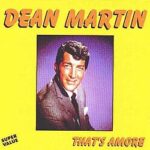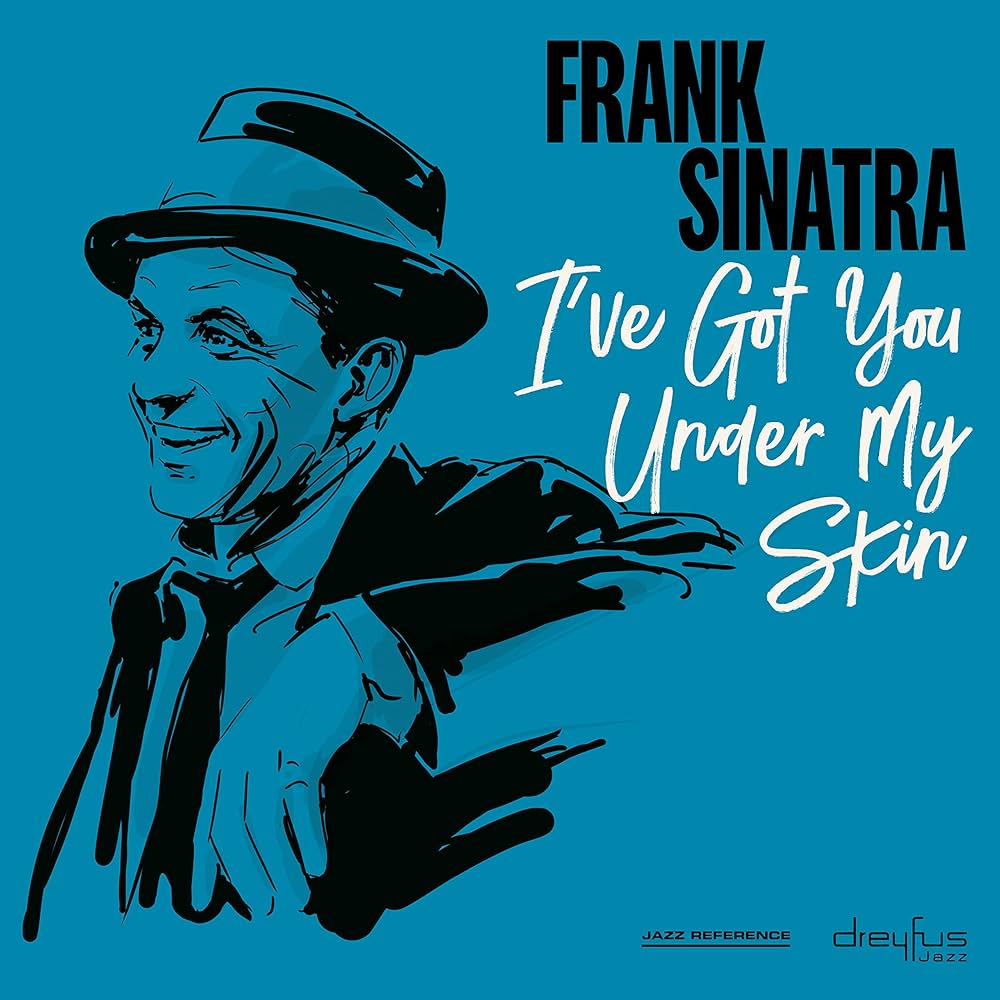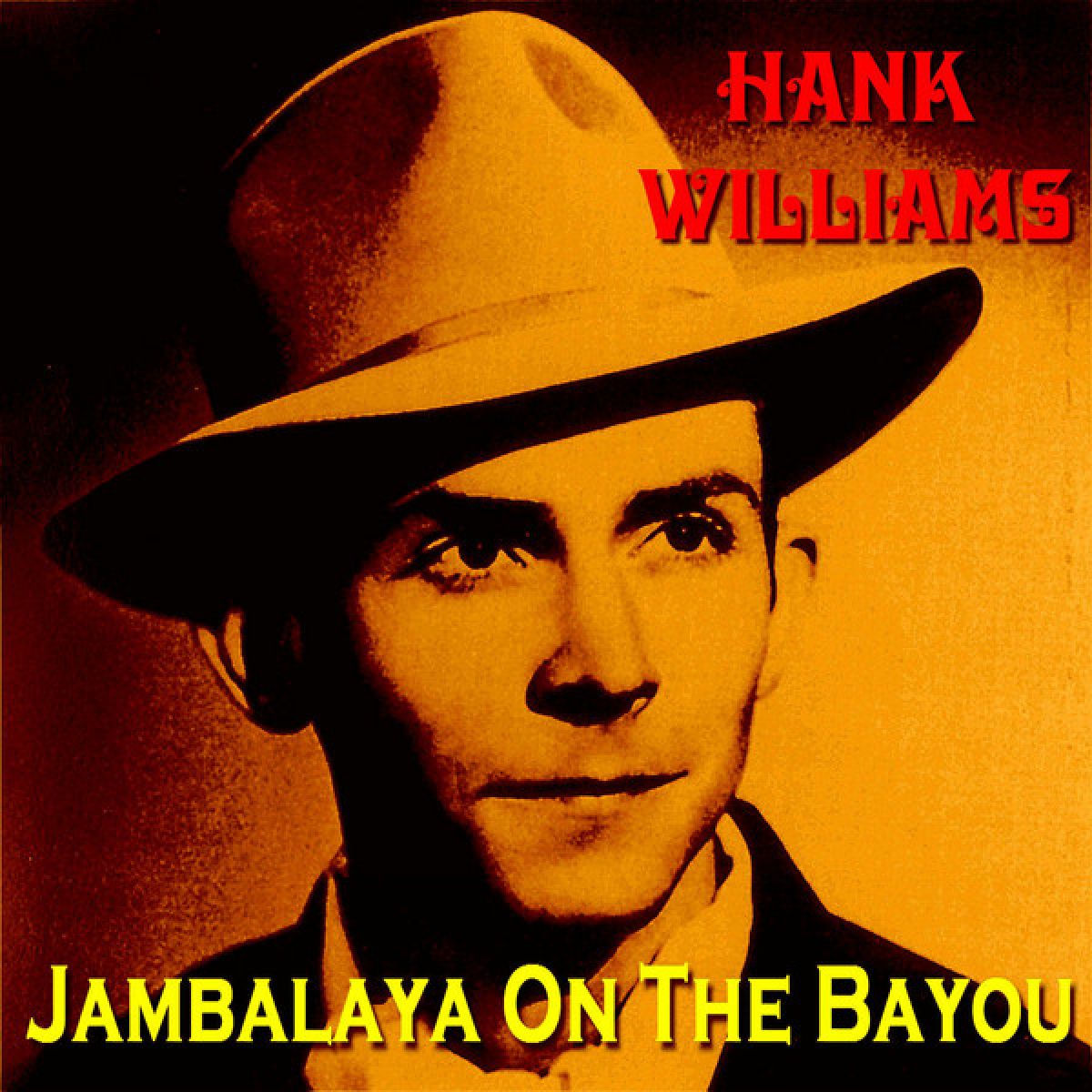 Dean Martin’s “That’s Amore” remains one of the most iconic songs in the realm of classic American pop music, a timeless ode to love wrapped in an effervescent celebration of Italian culture and romantic whimsy. From its instantly recognizable opening chords to its joyous chorus, the song has captivated audiences for over seven decades, becoming a cultural touchstone that transcends generations. Its simple, catchy melody and evocative lyrics transport listeners to moonlit Italian nights, vibrant piazzas, and the blissful intoxication of falling in love.
Dean Martin’s “That’s Amore” remains one of the most iconic songs in the realm of classic American pop music, a timeless ode to love wrapped in an effervescent celebration of Italian culture and romantic whimsy. From its instantly recognizable opening chords to its joyous chorus, the song has captivated audiences for over seven decades, becoming a cultural touchstone that transcends generations. Its simple, catchy melody and evocative lyrics transport listeners to moonlit Italian nights, vibrant piazzas, and the blissful intoxication of falling in love.
Originally released in 1953 as part of the soundtrack for the film The Caddy, “That’s Amore” was co-written by Harry Warren, a prolific composer with numerous hits to his name, and Jack Brooks, a lyricist known for crafting memorable and heartfelt words. The song quickly rose to popularity, solidifying Dean Martin’s place as one of the leading crooners of the era. Its unique blend of traditional Italian musical motifs and American pop sensibility made it a crossover hit, beloved by Italian-American communities and mainstream audiences alike.
At its core, “That’s Amore” captures a universal experience—the overwhelming, joyous feeling of being in love. Yet it does so with a playful, almost theatrical flair that sets it apart from more somber or serious love songs. The lyrics use vivid, often humorous imagery to describe the sensations and sights that accompany romance, all while leaning heavily on Italian stereotypes in a way that feels more affectionate than reductive. From “When the moon hits your eye like a big pizza pie” to “When the stars make you drool, just like pasta fazool,” the song employs whimsical analogies that are both memorable and endearing.
Dean Martin’s smooth, warm baritone is perfectly suited to the song’s mood. His delivery is relaxed yet expressive, carrying a touch of charm and mischief that makes the song feel like a conversation with a friend who’s just fallen head over heels. Martin’s effortless phrasing and natural charisma bring the lyrics to life, inviting listeners to smile along and bask in the glow of love’s delight.
Musically, “That’s Amore” features a light, lilting arrangement with prominent accordion and orchestral strings, evoking the sound of traditional Italian folk music while maintaining the polished production values of 1950s pop. The melody is simple and repetitive, designed to be easily sung and remembered, which undoubtedly contributed to its widespread popularity. The jaunty rhythm and cheerful instrumentation reinforce the song’s upbeat, celebratory tone.
The song’s success was amplified by its role in The Caddy, a comedy starring Martin and Jerry Lewis. “That’s Amore” was performed by Martin’s character during a key scene, adding to its charm and appeal. The film helped introduce the song to a wide audience, and it soon became one of Martin’s signature tunes. Over the years, it has appeared in countless movies, TV shows, commercials, and even stage productions, cementing its status as a cultural icon.
Beyond its entertainment value, “That’s Amore” holds a special place in the cultural identity of Italian-Americans and those fascinated by Italian heritage. It celebrates not only love but also the vibrancy and warmth of Italian culture, even if through a somewhat romanticized lens. The song’s imagery—pizza, pasta, mandolins, and gondolas—has helped shape popular perceptions of Italy as a land of passion, beauty, and simple pleasures. While some may critique its reliance on stereotypes, it’s hard to deny the affectionate tone that runs throughout, which has endeared it to many as a joyful tribute rather than a caricature.
Dean Martin himself was the perfect ambassador for such a song. Born Dino Paul Crocetti to Italian immigrant parents in Ohio, Martin embraced his heritage throughout his career, often blending Italian-American cultural references with his smooth Hollywood persona. “That’s Amore” exemplifies this fusion, marrying Italian themes with the slick, easygoing charm that defined Martin’s public image. It was this ability to straddle both worlds that helped Martin resonate with diverse audiences and endure as a beloved entertainer.
The impact of “That’s Amore” extends far beyond its initial release. The song has become a staple of weddings, romantic dinners, and nostalgic playlists worldwide. Its lyrics are quoted and parodied, its melody hummed and whistled. For many, it is synonymous with the feeling of being in love, the joy of simple pleasures, and the magic of a night in an Italian village. Its cultural footprint is so large that it often serves as shorthand for “romantic Italian music” in popular culture, appearing whenever that mood is needed.
Cover versions of “That’s Amore” have appeared in a wide range of styles and genres, from big band and jazz to rock and even hip-hop, demonstrating its adaptability and enduring appeal. Artists from Frank Sinatra to Michael Bublé have paid homage to the song, acknowledging its place as a classic standard. Its presence in various media—from the comedic The Simpsons to the romantic Moonstruck—has only reinforced its timelessness and universal charm.
Yet, at its heart, “That’s Amore” is a simple love song, celebrating the joy and delight of romantic connection. Its lightheartedness and humor make it accessible and uplifting, a musical antidote to the complexities of modern life. The song reminds listeners that sometimes love is about the small, sweet moments: a kiss, a smile, a shared meal, or the simple pleasure of seeing the moonlight shimmer on the water. It’s a celebration of life’s pleasures as much as it is of love itself.
Dean Martin’s ability to convey warmth and sincerity through his vocal performance elevates the song from mere novelty to a heartfelt expression of affection. His voice invites listeners to join in the celebration, to lose themselves in the melody, and to embrace the joy that love can bring. This is part of why “That’s Amore” continues to resonate decades after its debut—it speaks to a fundamental human experience in a way that feels fresh, sincere, and fun.
The song’s melody and lyrics have also had a subtle influence on how love and Italian culture are portrayed in popular media. Its playful approach set a precedent for many romantic comedies and musical numbers that followed, blending humor with romance and cultural references. It helped pave the way for other songs and films that celebrate ethnic identity while appealing to mainstream audiences.
From a historical perspective, “That’s Amore” emerged during a period when America was experiencing a post-war cultural boom, with Italian-American culture gaining visibility and acceptance. The song played a role in bringing that culture into the spotlight, albeit in a somewhat simplified form, contributing to a broader appreciation of Italy’s traditions and charms. It served as a bridge between ethnic heritage and popular culture, helping to normalize and celebrate Italian-American identity.
The song’s lyrical imagery remains a highlight, packed with memorable, almost cinematic phrases. The “moon hits your eye like a big pizza pie” instantly conjures a romantic yet playful scene, while “When the stars make you drool just like pasta fazool” (a colloquial term for pasta e fagioli) evokes warmth and homeliness with a dash of humor. These lines embody the song’s spirit—light, vivid, and filled with joy.
Its chorus, with the catchy repetition of “That’s amore,” invites sing-alongs and captures the essence of the song’s message: love, in its many forms and sensations, is a magical and joyous experience. The phrase itself has become part of the cultural lexicon, often used to evoke a sense of romantic Italian flair.
Over time, “That’s Amore” has also taken on a nostalgic quality. For many, it recalls a bygone era of Hollywood glamour, crooners, and the golden age of music and cinema. Its association with Dean Martin, the Rat Pack, and the suave, carefree spirit of the 1950s adds to its allure. Listening to the song can transport one back to that period, evoking images of smoky nightclubs, tailored suits, and romantic rendezvous under the stars.
The song’s legacy is further reinforced by its continued presence in modern pop culture. Whether playing softly in a restaurant, featured in a film, or performed in a cabaret, “That’s Amore” remains a symbol of love’s sweetness and the enduring charm of Italian culture. Its joyful, catchy melody and heartfelt lyrics ensure it will continue to be a beloved classic for generations to come.
In conclusion, Dean Martin’s “That’s Amore” stands as a shining example of how music can capture the essence of love and culture in a way that is both heartfelt and fun. Its blend of catchy melody, playful lyrics, and warm delivery has earned it a permanent place in the canon of American popular music. Beyond its role as a love song, it is a celebration of joy, culture, and the simple pleasures that make life beautiful. It reminds us that sometimes, love is as easy and delightful as a big pizza pie — and that’s amore.


